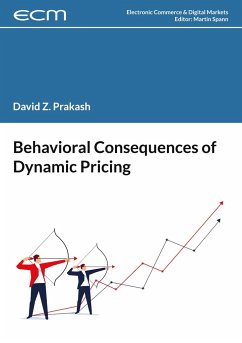Attention Deficit Hyperactivity Disorder (ADHD) is one of the most frequently diagnosed child psychiatric disorders which manifest itself in early childhood, American Psychiatric Association, (1994). It is characterized by developmentally inappropriate level of inattention, hyperactive/impulsive-motor activity that appears at least in two contexts i.e. home and school and ha s been present for at least six months before the age of 7 years. As outlined in (2010-2011 ADHD childparenting.com), Attention Deficit Hyperactivity Disorder (ADHD) is a condition that causes trouble in paying attention, hyperactivity and impulsive behaviour. It is often first recognized in early childhood. Attention Deficit Hyperactivity Disorder (ADHD) can affect a child's thinking, performance in school, behaviour, feelings, and relationships with others. In 20 to 50 percent of cases, Attention Deficit Hyperactivity Disorder (ADHD) continues into adulthood. Attention deficit disorder affects about 5% of the world's population. It is frequently referred to as neurobehavioural development disorder. Attention deficit hyperactivity disorder is most often diagnosed during young childhood, and is characterized by a constant pattern of inattention or hyperactivity as well as forgetfulness, lack of impulse control or impulsivity and distractibility








